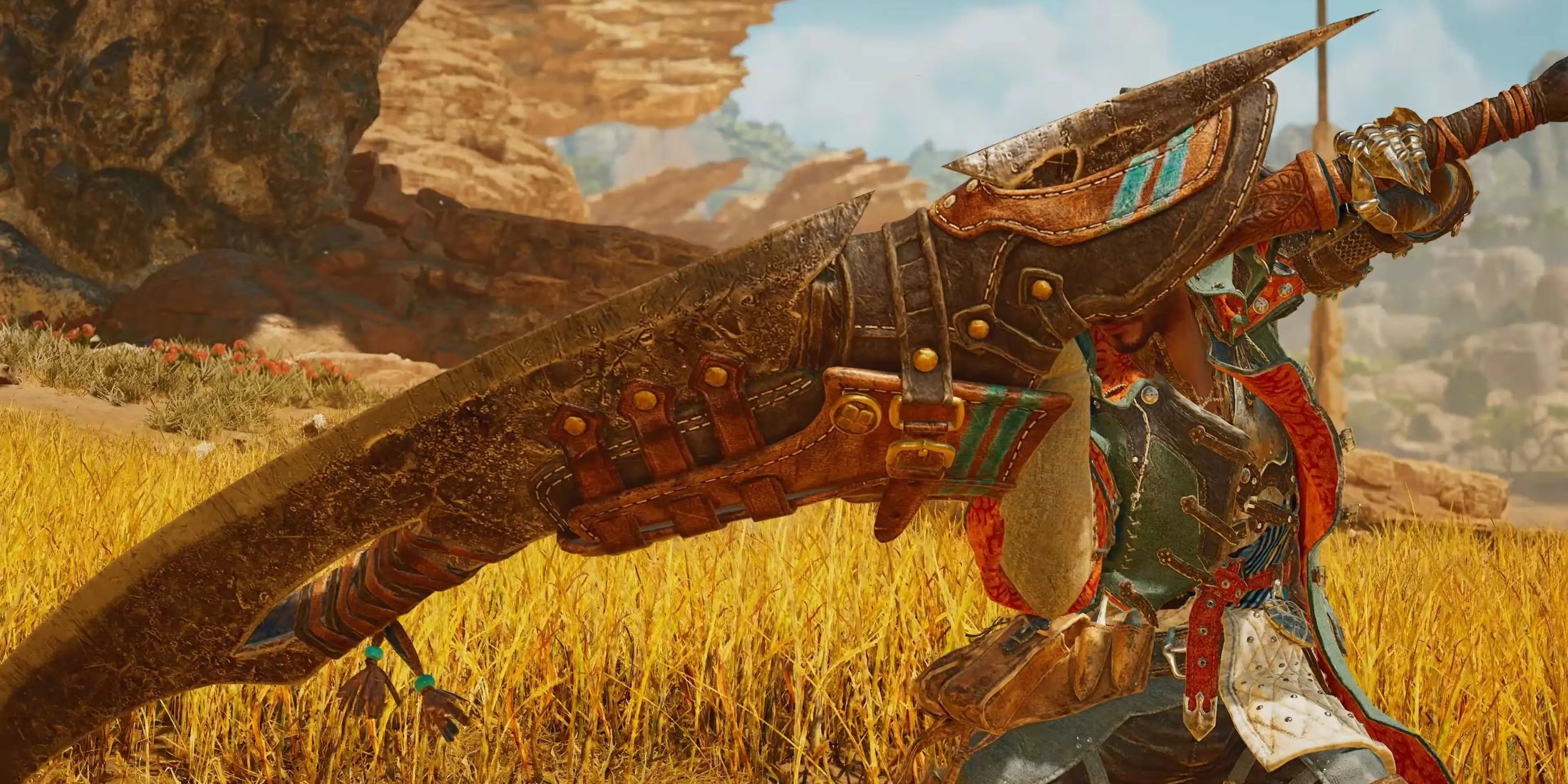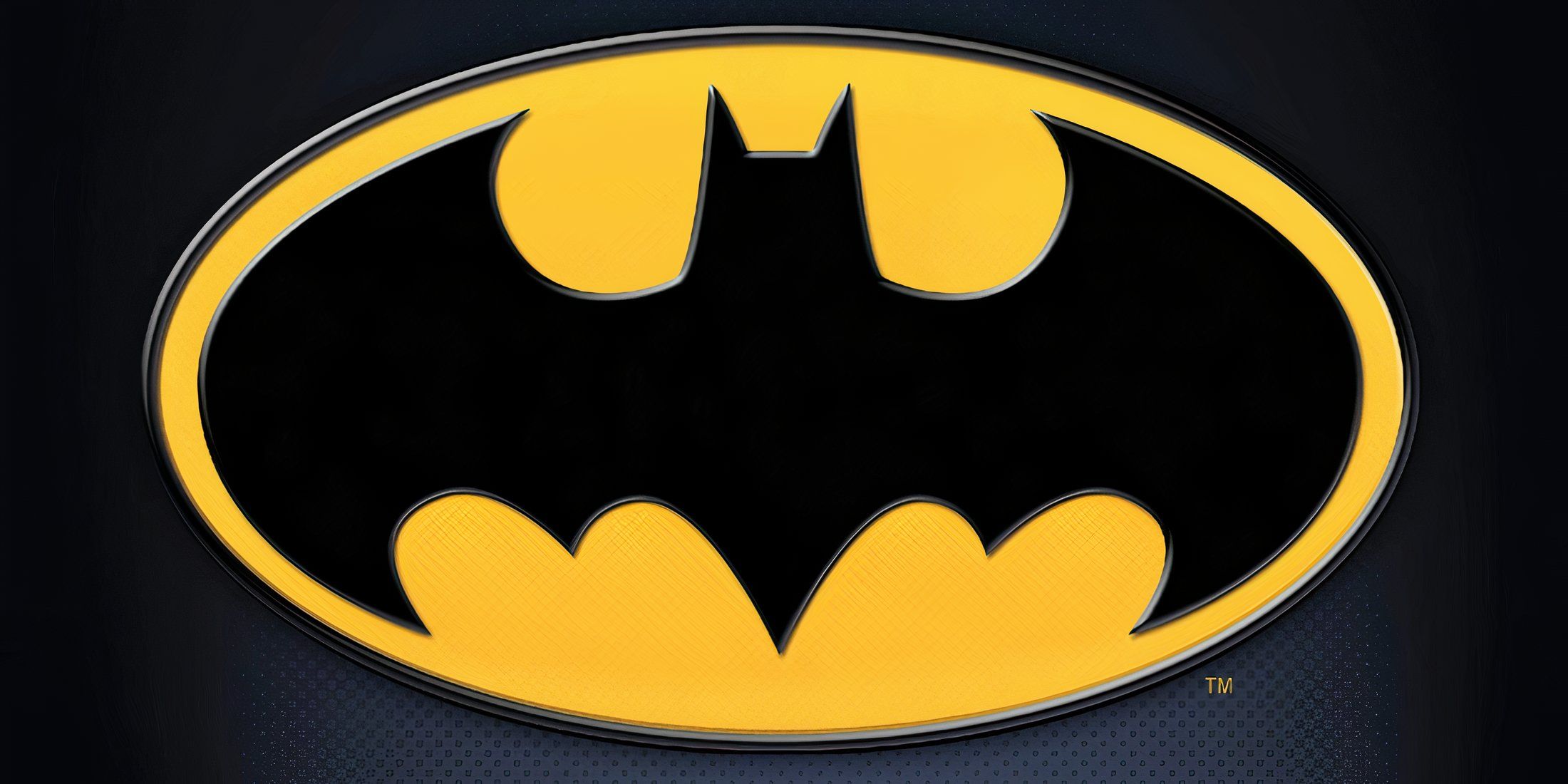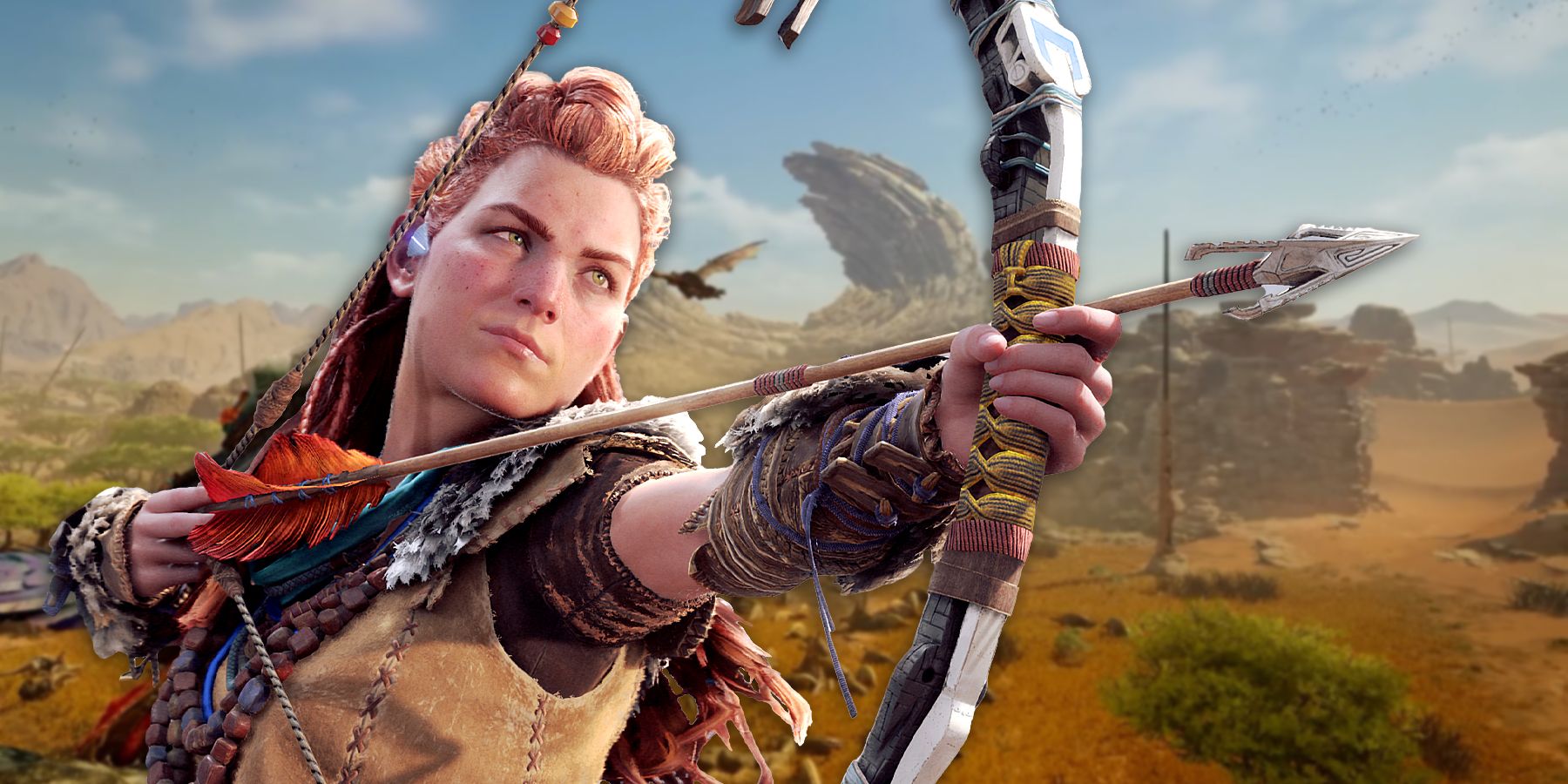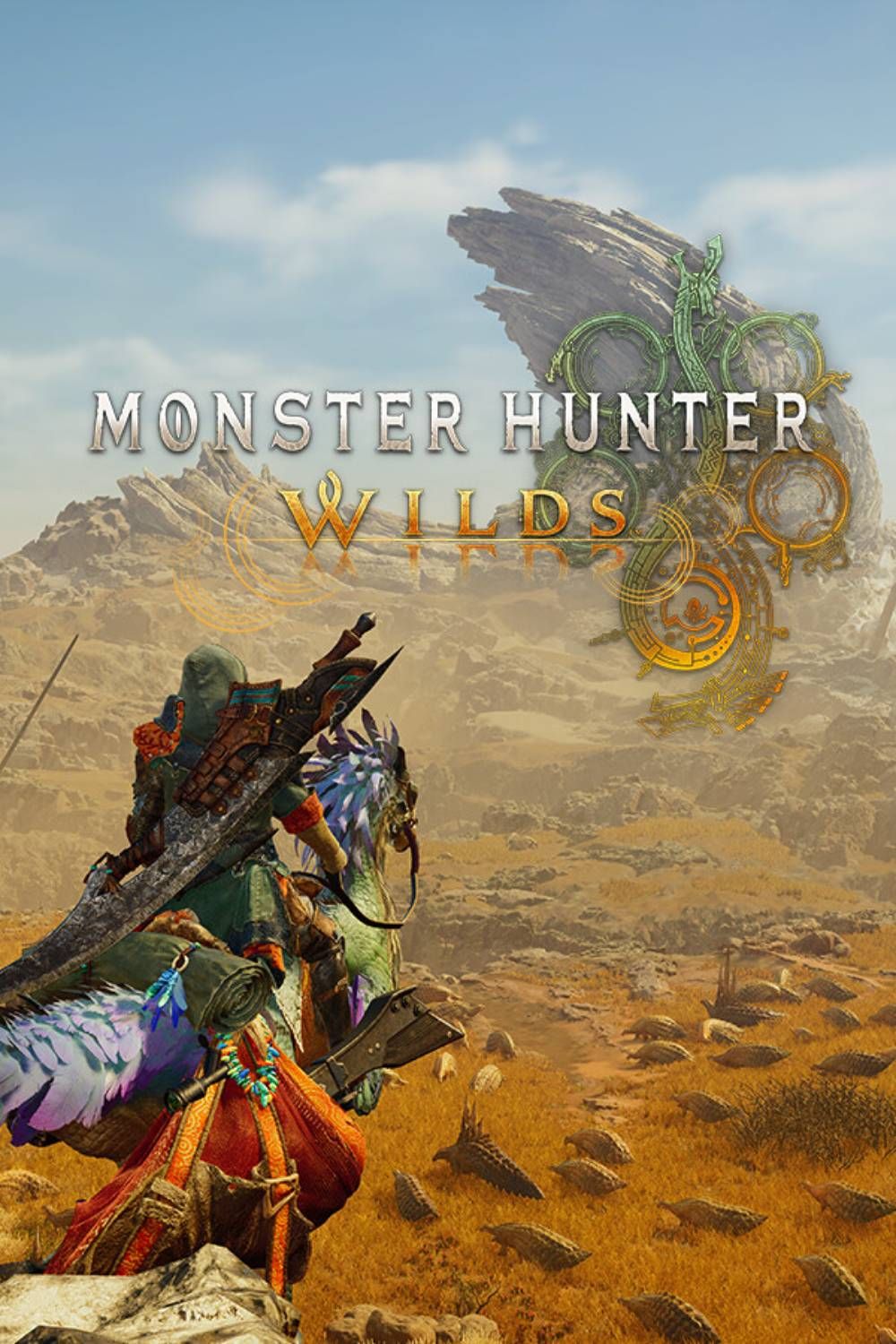Highlights
- Monster Hunter Wilds, launching in 2025, should take cues from Horizon's Heavy Weapons mechanic for innovative combat strategy.
- By adapting Horizon's mechanics, Monster Hunter Wilds could revolutionize combat with monster parts as unique weapons.
Monster Hunter Wilds, the next installment of the Monster Hunter series, is still at least a year away but is already highly anticipated by longtime fans of the franchise and intrigued newcomers alike. Very little is known about Monster Hunter Wilds at this point, but it will likely be one of the biggest titles of 2025, especially in light of the series' growing popularity over the last six years. As usual, however, players can expect to hunt down a wide variety of monsters and craft the unique gear sets that go along with them.
A key mechanic of the Monster Hunter series involves players targeting specific parts of a monster and breaking them to increase the chances of obtaining certain materials. While this does add elements of strategy to Monster Hunter's epic battles, the series could still do more with breakable parts. More specifically, Monster Hunter Wilds could afford to take a cue from Guerrilla Games' Horizon series when it comes to breakable parts and allow players to use them in ways they never have before in a Monster Hunter game.
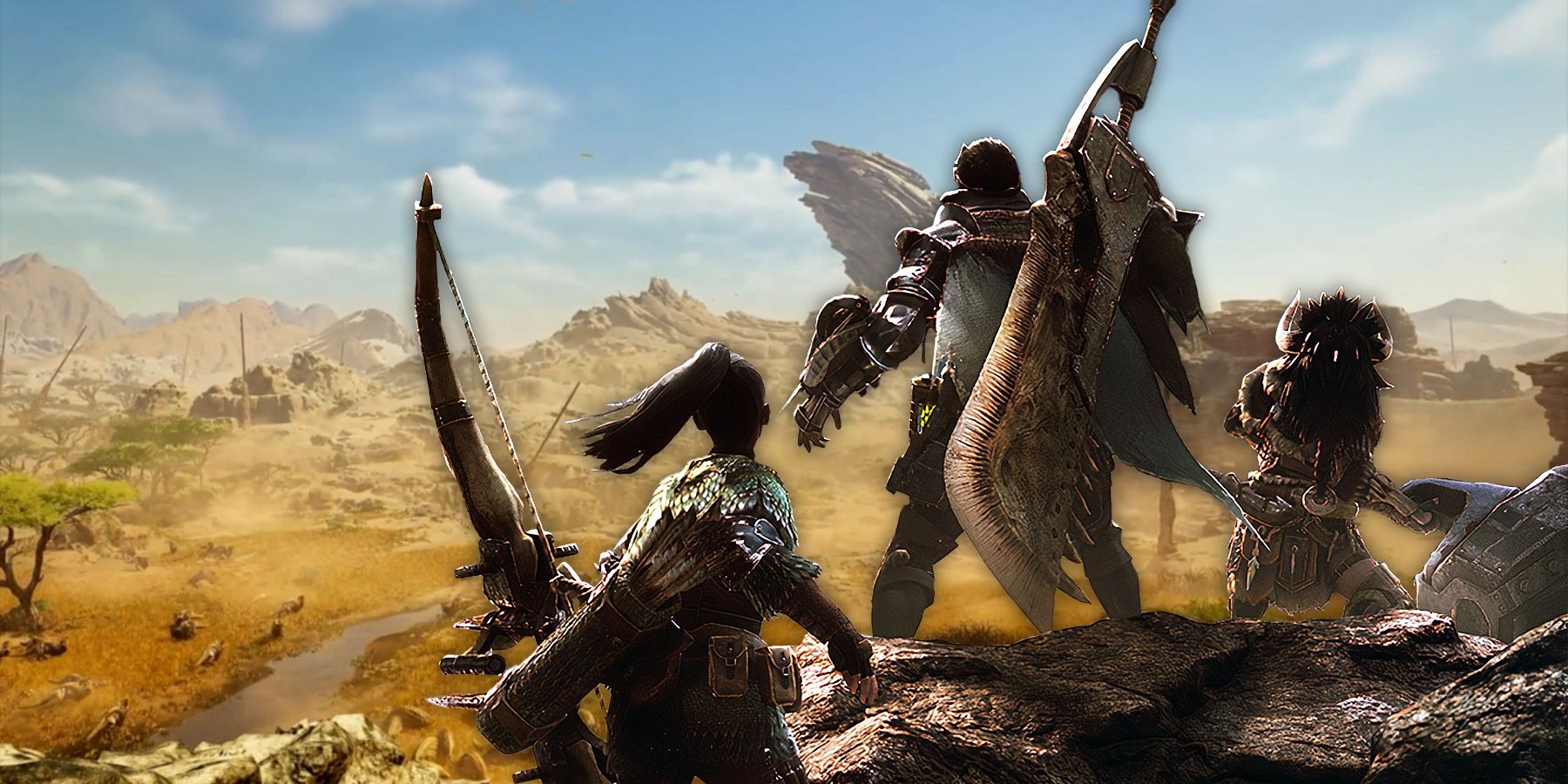
The Best Monster Hunter World Builds Ahead of MH Wilds
With Monster Hunter Wilds still at least a year away, Monster Hunter World players should prioritize these builds to get the upper hand in battle.
Monster Hunter Wilds' Breakable Parts Could Take a Cue From Horizon
Horizon Lets Players Use Broken Parts as Weapons
Just as they can in the Monster Hunter series with monster parts, players can target specific machine parts in Horizon Forbidden West and Horizon Zero Dawn and break them off to obtain unique materials necessary for crafting and upgrading their gear. However, unlike the Monster Hunter series, Horizon allows players to break off certain machine parts and then utilize them as Heavy Weapons against machines. This can often prove to be one of the most efficient ways to take down stronger enemies, especially after running out or low on ammo.
Many of Horizon's Heavy Weapons come from different machines, typically according to what they use against the player. For example, Disc Launchers can be obtained from Thunderjaws when players strike the machine's shoulders with Tear ammo. Players can also acquire Ravager Cannons when targeting the weapon on a Ravager's back.
These Heavy Weapons can then be picked up and used against machines in the same way they were used against the player. Combat mechanics such as these provide players with plenty of opportunities when it comes to strategically placing their shots to ensure they not only deal significant damage to an enemy but also obtain powerful weapons in the process.
Now, as Capcom likely wants to continue evolving the Monster Hunter franchise with Monster Hunter Wilds , it's worth considering how Horizon 's Heavy Weapon mechanics could translate over to the next Monster Hunter game and how they could improve the series' monster hunts.
How Monster Hunter Wilds Could Incorporate Horizon's Broken Parts Mechanics
Monster Hunter's monsters obviously aren't technologically advanced like Horizon's machines, but it might still be possible to incorporate mechanics similar to Horizon's Heavy Weapons into Monster Hunter Wilds. Perhaps players could break off a monster's poison gland and then use it against the monster to poison them. Additionally, perhaps a monster's claw could be used as a dagger of sorts, or its tail as a weapon similar to a Great Sword. It would undoubtedly be an innovative way to evolve Monster Hunter's combat and part-breaking mechanics simultaneously.
It's currently unclear what Monster Hunter Wilds will bring to the table in terms of new monsters, combat, and new gear. However, if Capcom wants to continue moving the series upward, it might do well to consider various mechanics in other games like Horizon that might benefit its combat in the long run.

